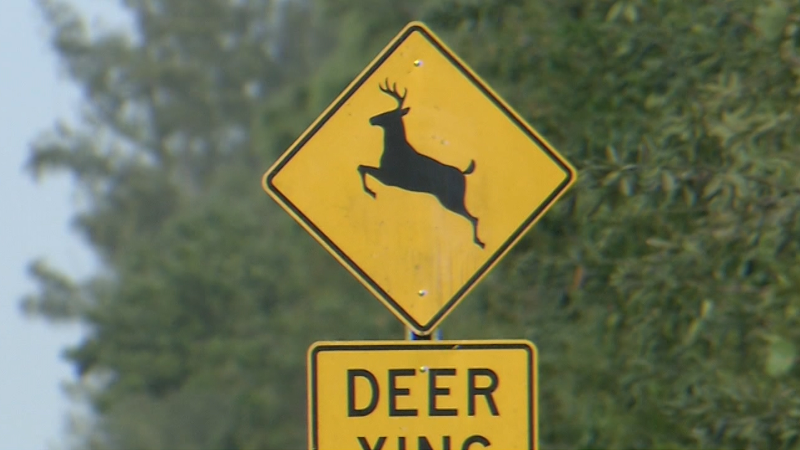Video: Christmas Weather Gadgets, Part II.
UPDATE: I have added some important notes to the end of this entry, after playing with these gadgets some more on Christmas Day...
ORIGINAL POST: It's that time of year... if you have last-minute presents to buy for your friend the weather geek, or maybe you're getting money for Christmas (you weather weenie, you!)...
During this Pre-Christmas week I am examining several gadgets that I use to keep an eye on the weather. This blog entry is Part 2 and contains two videos; Part 1 aired last weekend. UPDATE TO PART 1: I added sample videos from the Flip Video Camera as well as a video of the Weather Beacon color cycling.
In the video below, from my home office, AKA Gadget-ville, I demonstrate and review...
The iPhone, The Kindle, The Chumby, the iSight Camera, the Thunderbolt, and two electronic weather stations.
NOTE: THE VIDEO ABOVE MAY BE PRECEDED BY ADVERTISEMENTS ON AD-SUPPORTED SITES
NOTE: THE VIDEO ABOVE MAY BE PRECEDED BY ADVERTISEMENTS ON AD-SUPPORTED SITES
Thanks for tuning in... and enjoy your gadgets next week! Happy Holidays!
This proof-of-concept iSight timelapse video
was done on my G3 Macintosh at AccuWeather last month. I believe it was 3 hours, one picture a minute. This was using the which is necessary to do the timelapse. Note that if you intend on playing the resultant movies on Windows, you will need to save the movie as a flattened Quicktime movie. If your iSight camera doesn't display in BTVPro, you may need to download the iSight driver. As noted in the video, Elliot has captured some amazing timelapses
with his iSight camera. It's interesting that the inside video quality is par or subpar for a cheap webcam but it manages to capture the sky and clouds without fault, something a normal webcam can't do.
Here are a couple of screenshots from the one night this fall that I was able to give the Thunderbolt detector a real test. The detector said the lightning was at 40 miles out; AccuWeather.com LightningPlus said that it was about 60 miles out, but I guess better safe than sorry. This sort of accuracy from a single lightning detector is pretty good, normally to get accurate results you need to triangulate several receivers, which is what the USPLN (used by LightningPlus) does to get its ~100 meter accuracy.

I wasn't impressed by the features (especially lack of upload) from the amateurish Java software that came with the station although the displays were OK; fortunately several major alternate software packages now support the station.


I've uploaded some high-resolution photos of the inside and outside of the rain gauge, UV sensor, display and remote to the AccuWeather.com Weather Photo Gallery:

















